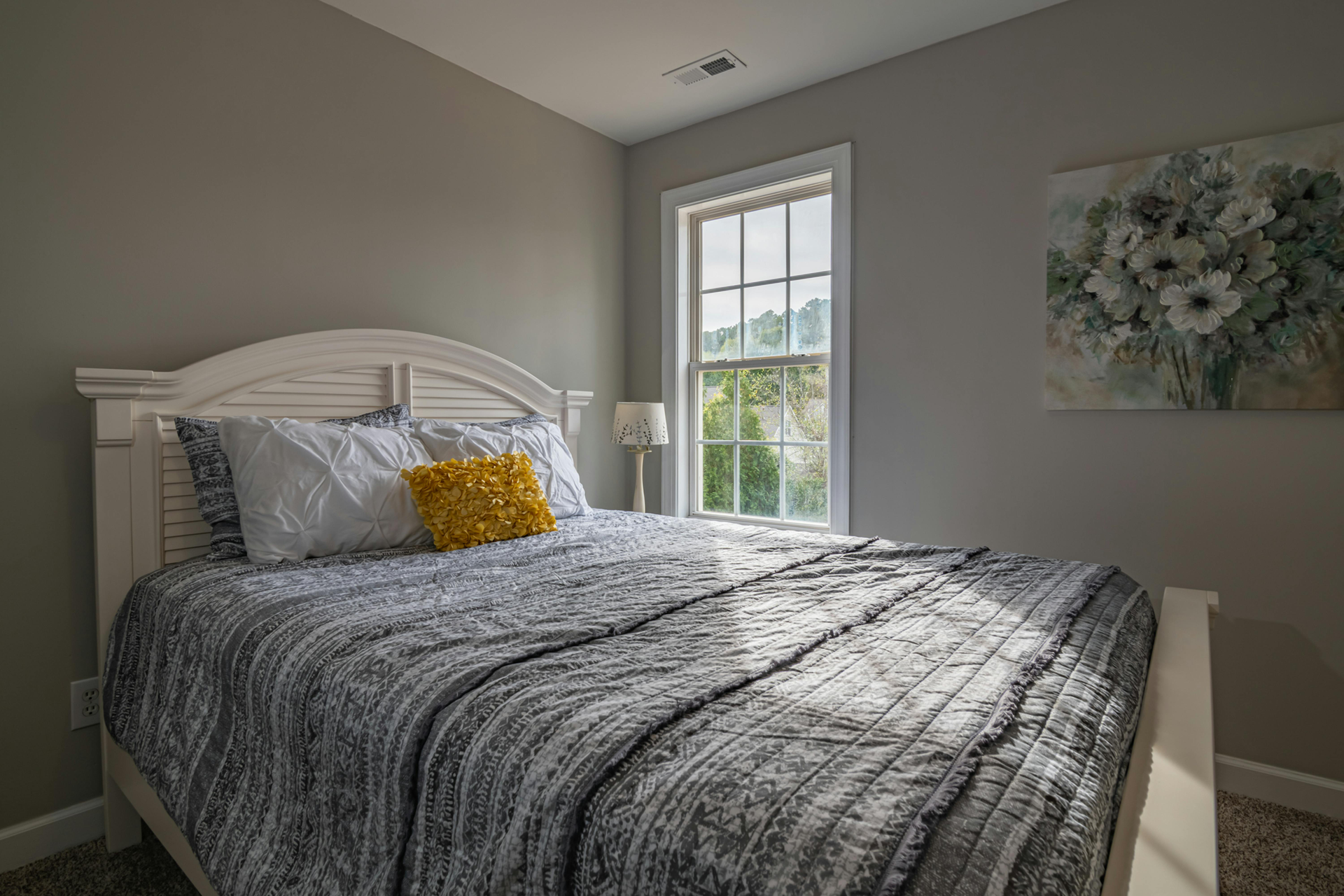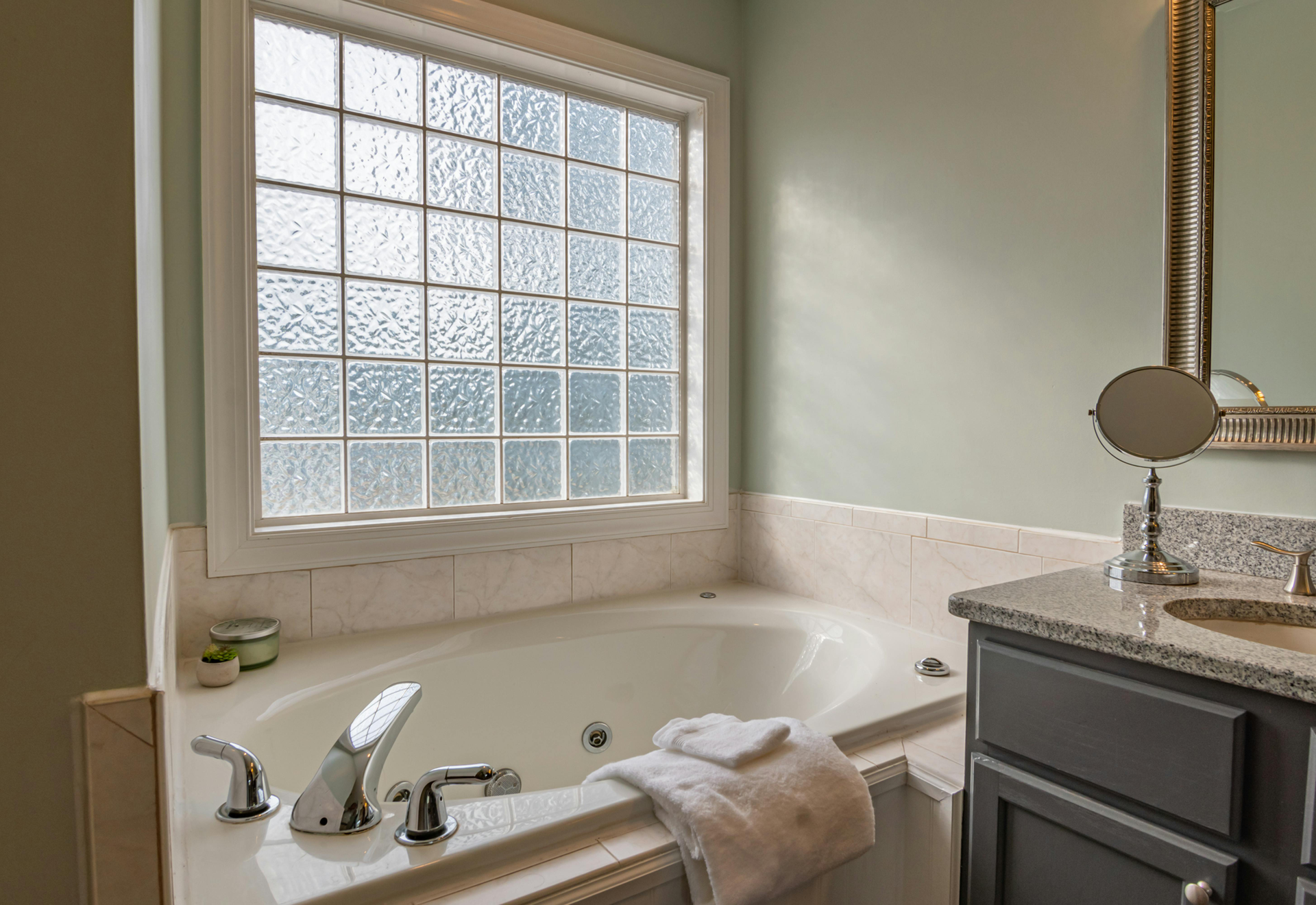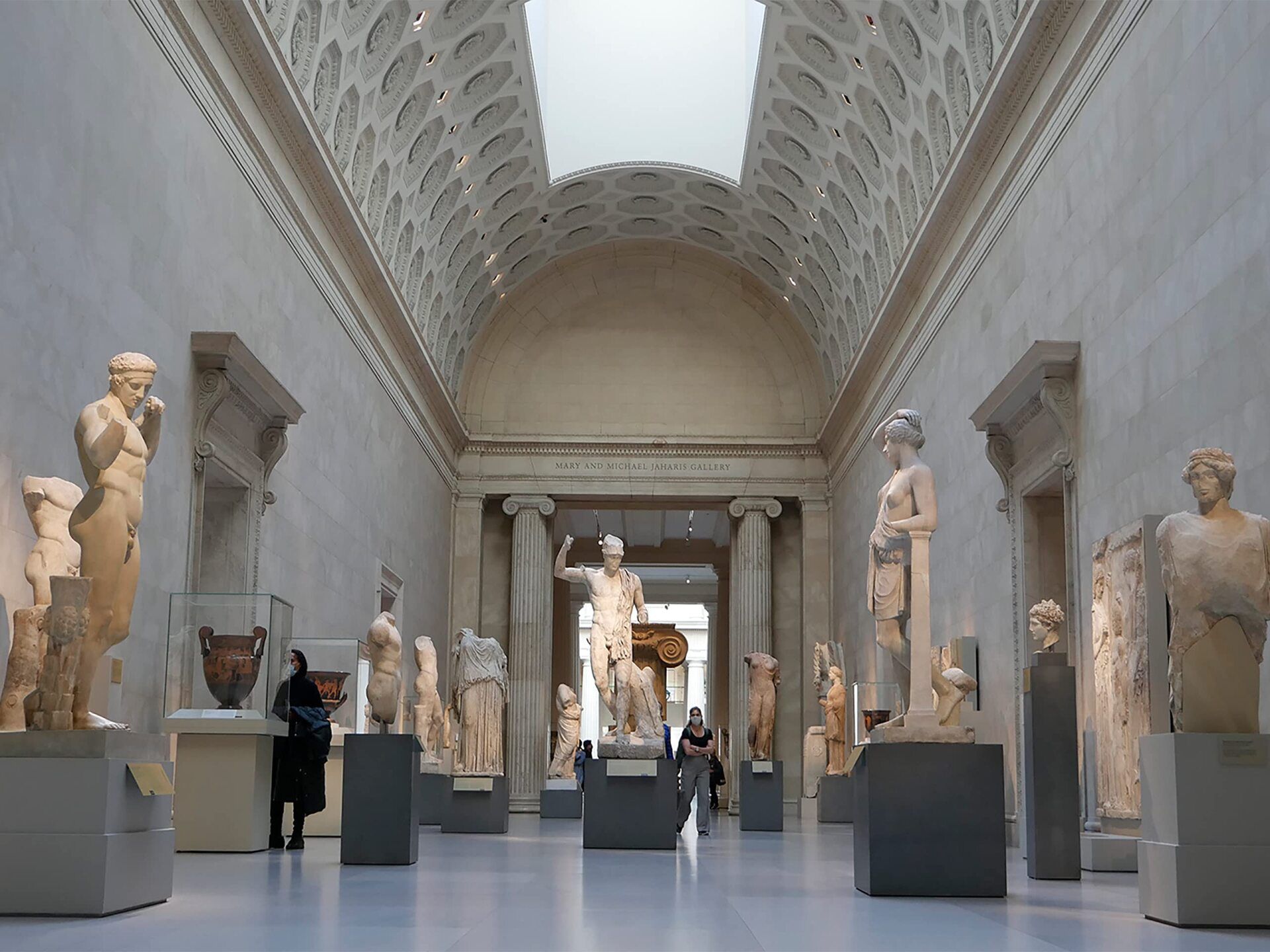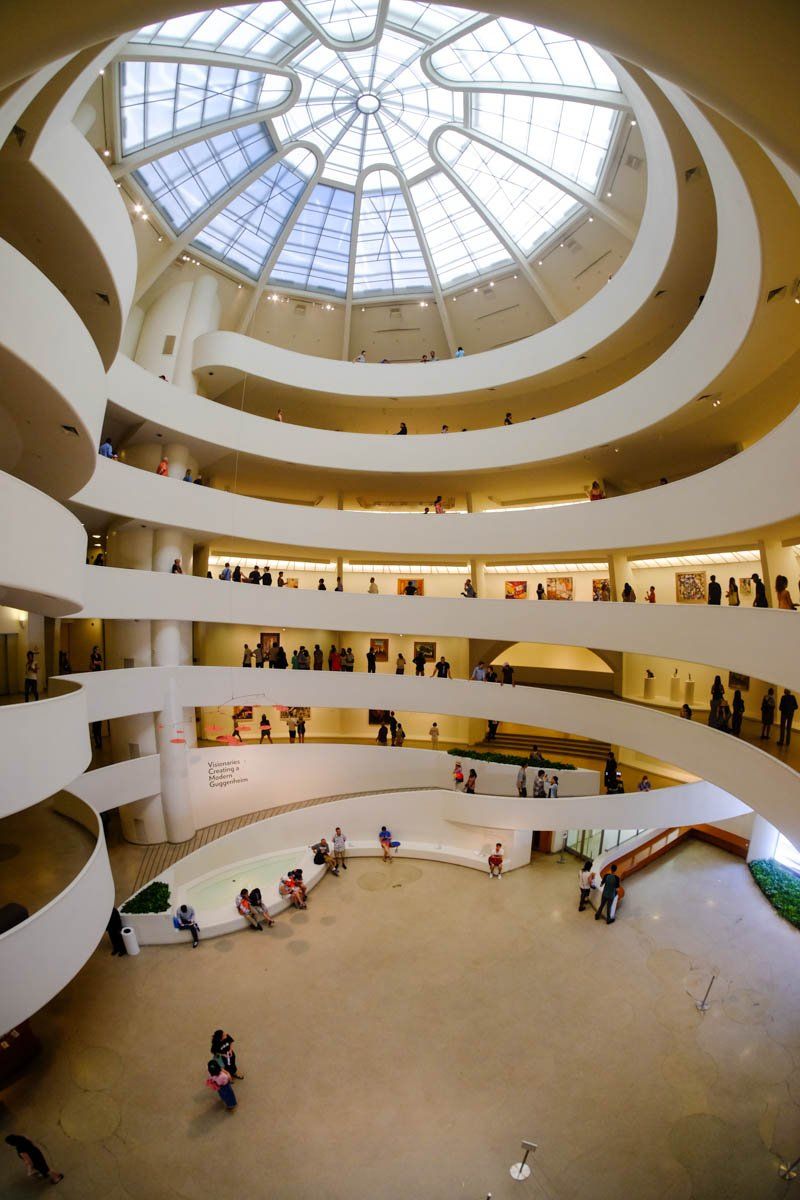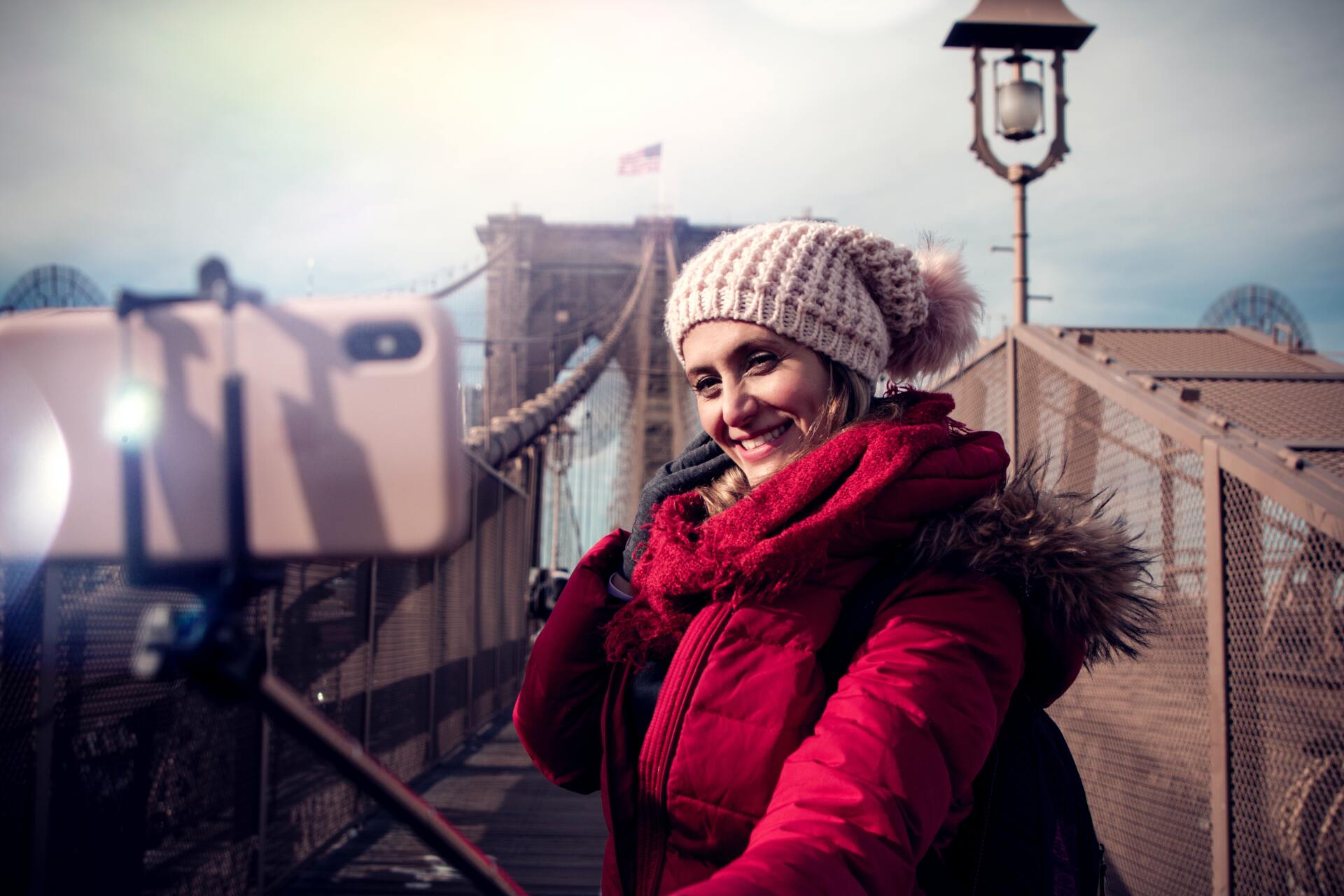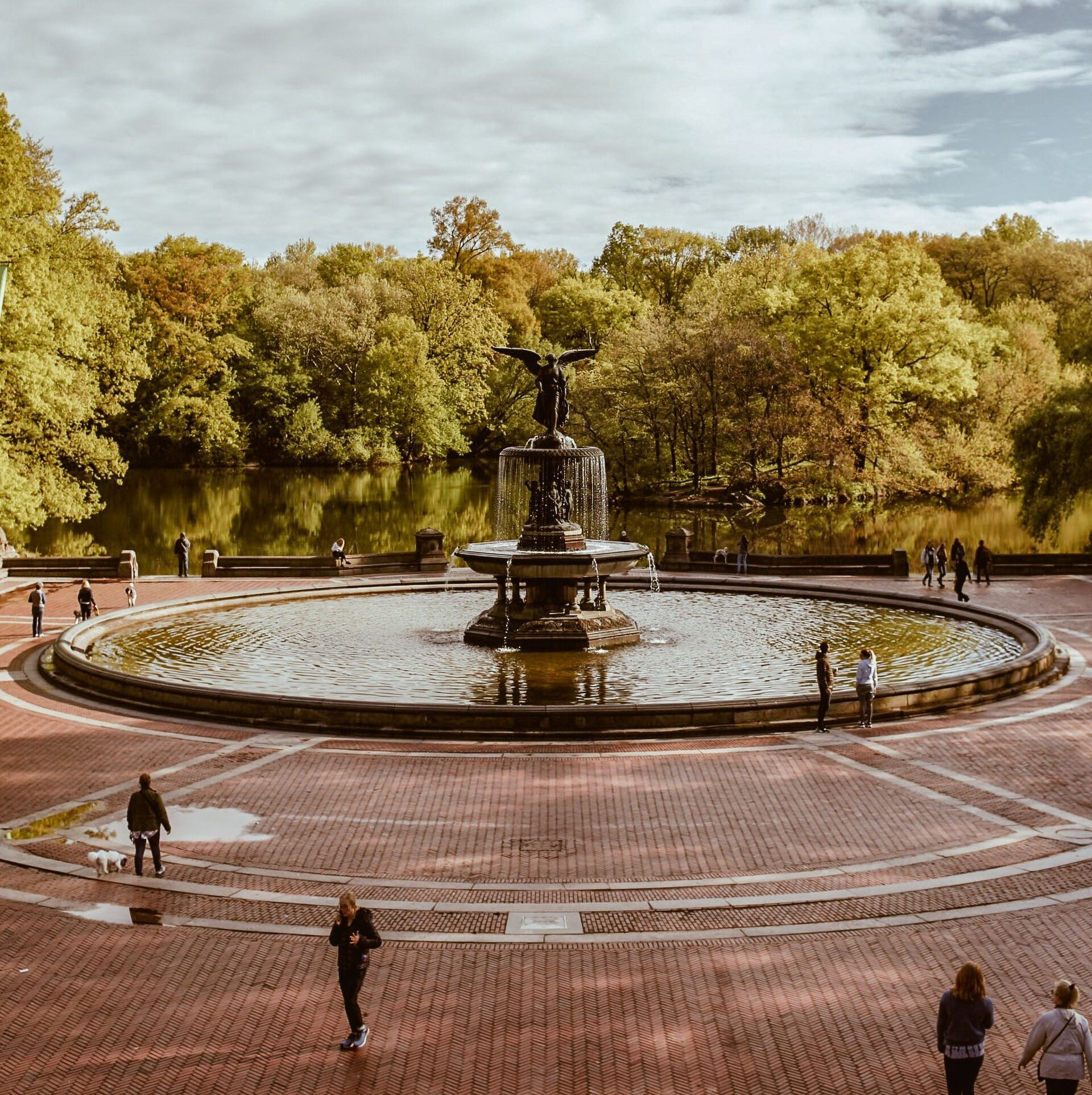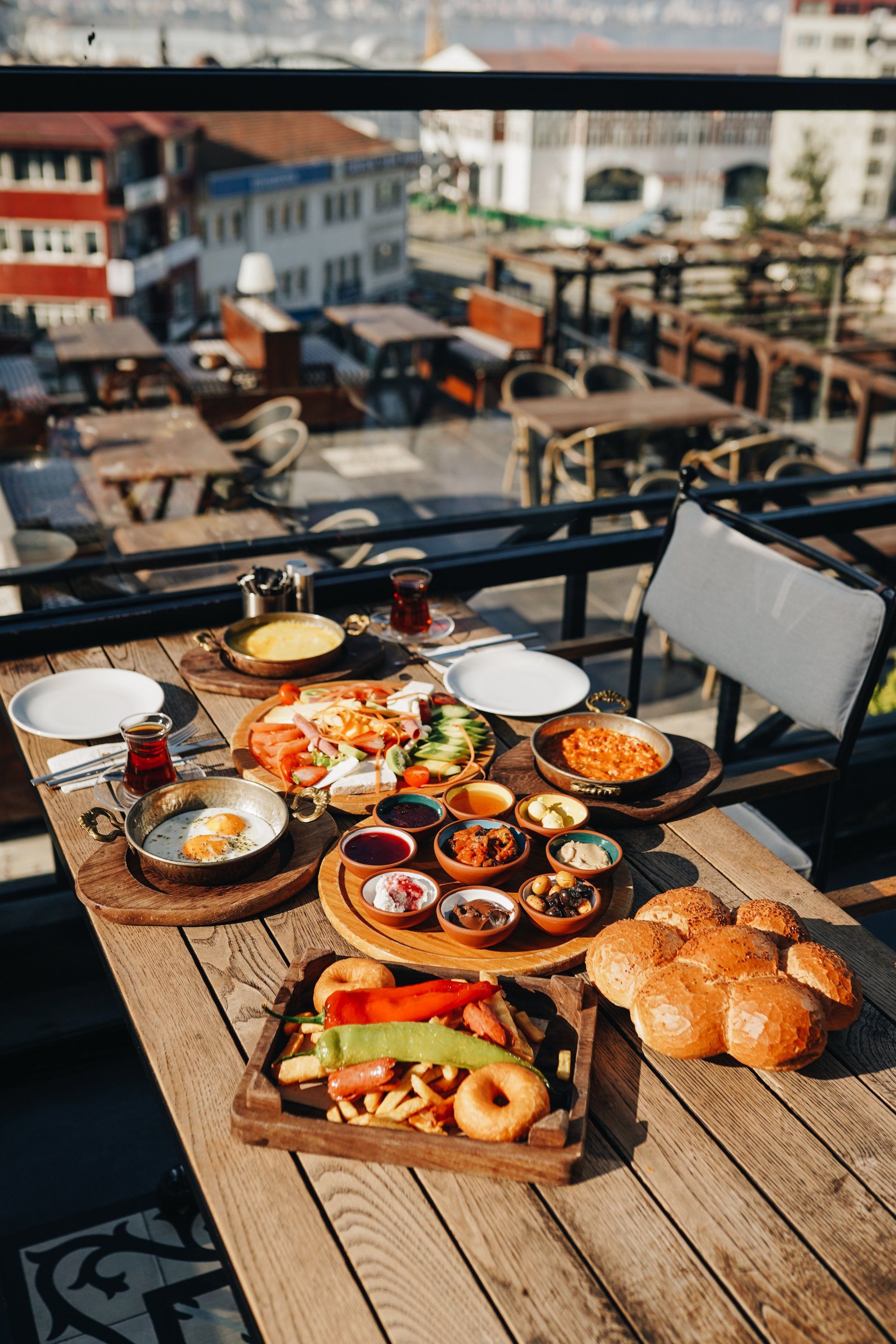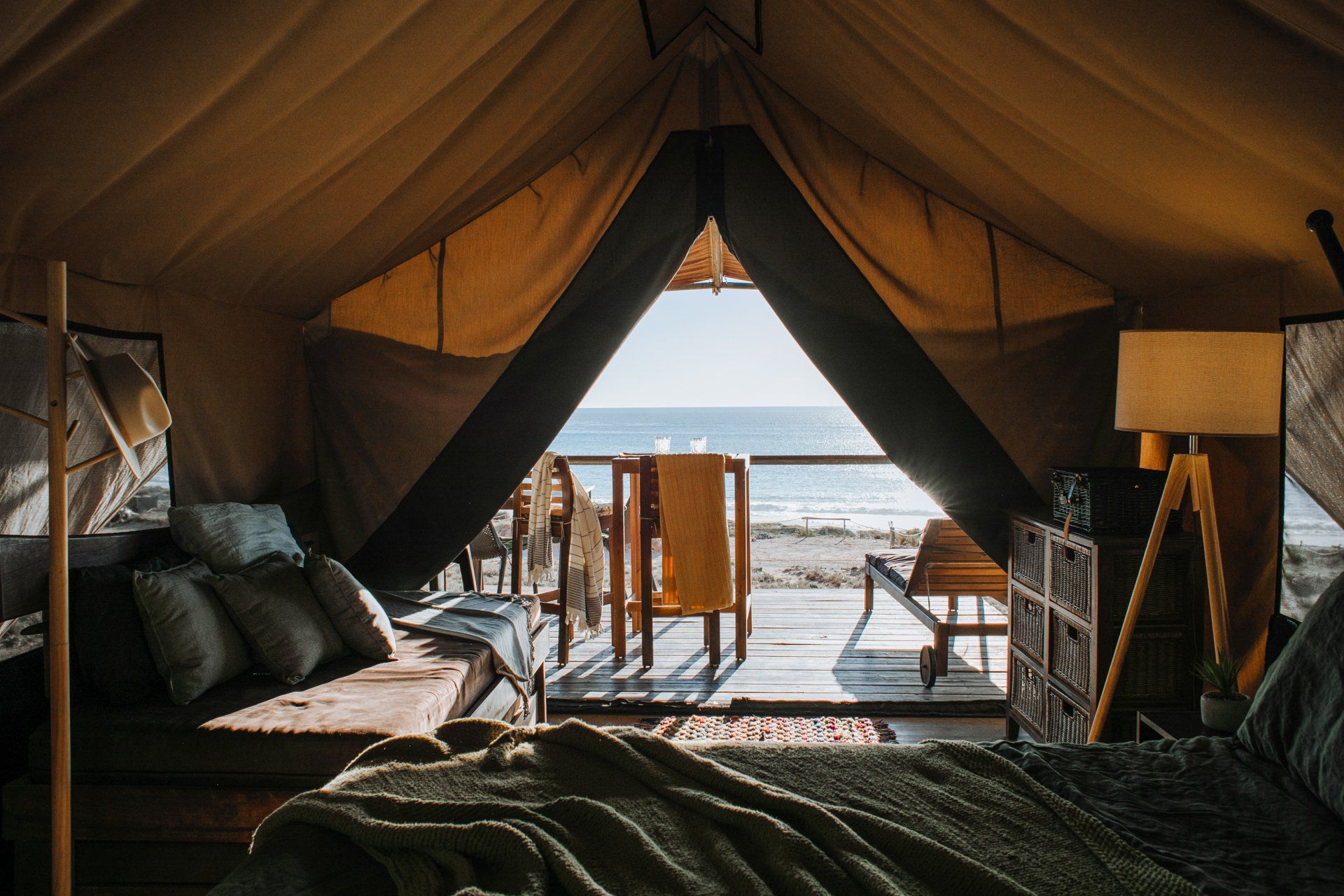Thinking about moving to New York City?
"The Big Apple", "The City of Attitudes", "The City That Never Sleeps" as some refer to it is a city that covers a wide range of extremes.
It's been said that there are more billionaires living in the New York City limits than any other city in the world.
"Every country in the world is represented here, with over 200 languages spoken, you can see the world by walking through New York City." - Abraham Sanieoff
It's the hub for multiple industries.
- News / media
- Finance / Investing
- Real Estate
- technology
If you look at New York City on a map, it's size wouldn't impress you, but its population exceeds any other city in America. Currently with an excess of 8.6 million people.
Though living in New York City isn’t always easy, it’s often thrilling. As you get to know the city better, its quirks and secrets become known—and that makes living here all the better.
But before you make up your mind, here are 19 things to know about life in the Big Apple.
1. New York is more than its stereotypes.
You’ve probably heard the stereotypes about New Yorkers: We’re rude, we hate tourists and clueless transplants, we’re ruthlessly ambitious, and we walk too fast. And while there’s an element of truth to all of these things (especially that last one), the city—and the people who inhabit it—are so much more complex than whatever portrayals you’ve seen in pop culture.
For instance: Nearly half of the city’s population is made up of people who were born not just outside of the city, but outside of the United States. It’s truly a melting pot, as cliche as that term may be. And that rudeness? It’s more of a combination of bluntness and impatience. Things move fast here—it’s not a languid city, like Los Angeles—and you have to learn to keep up pretty quickly. (Yes, that applies to walking.)
But you might also find yourself weeping in the middle of the street one day—hey, it happens—and someone will offer you a tissue. Or you may be struggling to carry a stroller up the subway stairs, and someone will offer to help. For all of our brusqueness, New Yorkers also perform small acts of kindness for one another every day; live here long enough and you’ll undoubtedly develop both the tough exterior and the squishy marshmallow center that are unique to New Yorkers.
2. Picking a neighborhood you like will make or break how much you like living here.
Geographically speaking, New York isn’t huge—it’s estimated to cover just over 300 square miles—but there are hundreds of neighborhoods scattered throughout five very different boroughs. And at the end of the day, going back to your apartment in a neighborhood that truly feels like home will vastly improve your quality of life. Don’t pick a place based on preconceived notions of where you think you should live; spend some time getting to know the various boroughs and neighborhoods, figure out your priorities, and the right place will eventually find you.
3. It’s important to know the history of your neighborhood.
Change is a constant in New York City, and each of its neighborhoods has lived many lives. But knowing the backstory of your area—and respecting it—is also crucial, and essential in making the switch from being “a person who lives in New York” to a New Yorker.
This is particularly true if you end up moving to a gentrifying area. Many of New York’s historically lower-income neighborhoods have undergone huge changes in a short period of time, often to the detriment of the longtime residents of those areas. (See: rents outpacing the median income of a neighborhood, affordable businesses closing, businesses trying to capitalize on an area’s once-bad reputation.) It may be tempting to look out for your own economic interest once you move in, but learning about the place you’re living, being respectful of the people who’ve lived there for years, and committing to being a good neighbor will go a long way toward making your new home feel like, well, home.
4. You will walk more than you think.
Invest in several pairs of good walking shoes if you plan to make New York City your home. Unless you’re lucky enough to be close to a subway stop on both ends of your commute, you’ll be putting them to good use. For most New Yorkers, walking a couple of miles or more is just part of your daily routine. (A mile is equal to approximately 20 north-south city blocks, FYI.)
5. It truly is a 24-hour city.
New York comes by its whole “city that never sleeps” nickname honestly. Bars are legally permitted to open at 7 a.m. and close at 4 a.m., and there are places that take advantage. You’re never far from a bodega or drugstore that’s open into the wee hours in the event that you need toilet paper or Gatorade at 2 a.m., and you’ll find plenty of not-totally-necessary services—gyms, restaurants, spas, and more—that are open around the clock.
6. New York is an explorer’s dream—and we’re not just talking about Manhattan and Brooklyn.
Did you know that the highest natural point on the eastern seaboard (south of Maine, anyway) is located in Staten Island? Or that a section of old-growth forest, with trees that are many centuries old, can be found in the Bronx? Or that you can ride a zipline and go bouldering in Queens?
The point is, there’s so much more to the city than the typical tourist destinations or neighborhoods that are anointed as the next big thing. Spend some time in the outer-outer boroughs—in places like Staten Island’s Little Sri Lanka, located around Tompkinsville and Stapleton; or Forest Hills, an early planned community in Queens lined with elegant Tudor homes—and you’ll hardly believe you’re in New York City at all.
That’s one of the most wonderful things about living here: New York constantly challenges your expectations of what this city is; you just have to be ready to explore it all.
7. You will find yourself in a constant state of FOMO.
If you’re considering moving to New York, its reputation as a cultural capital is probably one of the reasons why. The options are myriad, and incredibly varied: You can check out a Broadway show or see experimental theater on the Lower East Side. Musicians play nightly at stadiums (Madison Square Garden, Barclays Center), historic venues (Apollo Theater, Village Vanguard), and DIY spaces deep in the outer boroughs. There are literally hundreds of museums, from the massive (the Met! MoMA!) to the tiny and unheralded (have you visited Harlem’s trash museum?). Carnegie Hall. Snug Harbor Cultural Center. El Museo del Barrio. Lincoln Center. The Empire State Building, for Pete’s sake.
New York is the best place to be if you’re seeking out new experiences and cool things to do. But that also means you’ll constantly struggle with the fear of missing out. The best way to overcome that is to remember that you’ll have plenty of time to experience what the city has to offer. Once you get here, make the time to soak it all in.
8. NYC’s economy is strong, but not for everyone.
New York City has, in many ways, bounced back from its post-9/11 and post-Great Recession economic instability: The unemployment rate in the city is around 4 percent, personal income is going up, and our GDP is the highest of any major city in the nation. But New York state also ranks first in income inequality in the United States, and the gap between the richest and poorest residents of New York City is only getting worse. More New Yorkers than ever before are experiencing homelessness, and nearly half of all households here are rent-burdened, meaning they put more than 30 percent of their annual income toward housing.
9. Living here is really, really expensive.
New York perpetually finds itself near the top of the list of the most expensive cities in the United States (typically behind San Francisco), and a recent survey found that the cost of living here is 22 percent higher than the national average. In order to live comfortably—defined as spending no more than 50 percent of your income on necessities like housing and food costs—you’ll need to make nearly $87,000 per year, according a 2017 survey of urban living expenses.

Search
Recent Posts
Never Miss A Post!
Sign up for free and be the first to get notified about updates.
Newsletter
We will get back to you as soon as possible.
Please try again later.
Featured Videos


